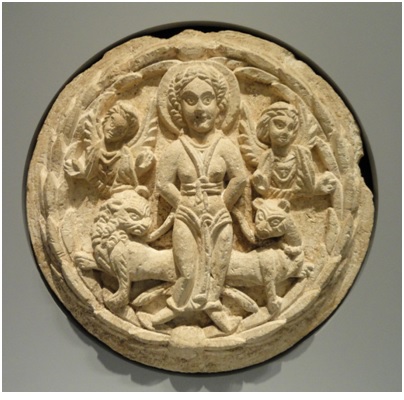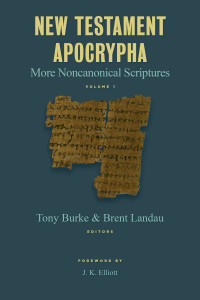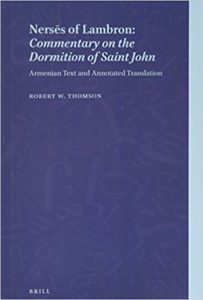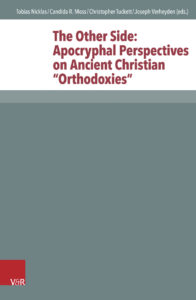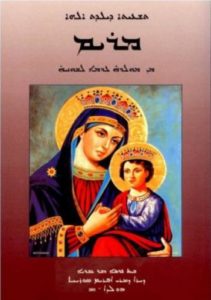2018 Conference for the North American Society for the Study of Christian Apocrypha (NASSCAL)
CONFERENCE ANNOUNCEMENT AND CALL FOR PAPERS
North American Society for the Study of Christian Apocryphal Literature
The Material of Christian Apocrypha
University of Virginia
November 2018
Confirmed speakers: Mary Cunningham (Nottingham), Maria Evangelatou (University of Southern California), Derek Krueger (UNC Greensboro), and Robin Jensen (Notre Dame)
We invite abstracts for a conference on the “Material of Christian Apocrypha,” hosted by the University of Virginia’s Department of Religious Studies and McIntire Department of Art, under the auspices of the North American Society for the Study of Christian Apocryphal Literature. We hope to assemble a group of participants who will address two interrelated yet distinct topics: 1) the physicality of our apocryphal texts (i.e. various aspects of the manuscripts or papyri themselves), and 2) the representation of apocryphal narratives in other forms of material culture (e.g. frescos, mosaics, sculptures, icons, pilgrimage objects, reliquaries, etc.). By drawing our collective attention to the material aspects of the literary and the literary aspects of the material, we hope to spark a fruitful and enduring exchange between scholars and students rooted in both areas. Questions to be posed include: What do the physical aspects of manuscripts and papyri tell us about the use and value of the apocryphal texts they contain? Which apocryphal traditions attain such a level of scriptural authority that they appear in art, iconography, church decoration, and biblical manuscript illuminations? What do discussions of images within apocryphal texts, such as the portrait of John the Apostle described in the Acts of John, …

